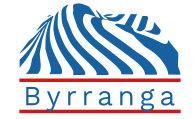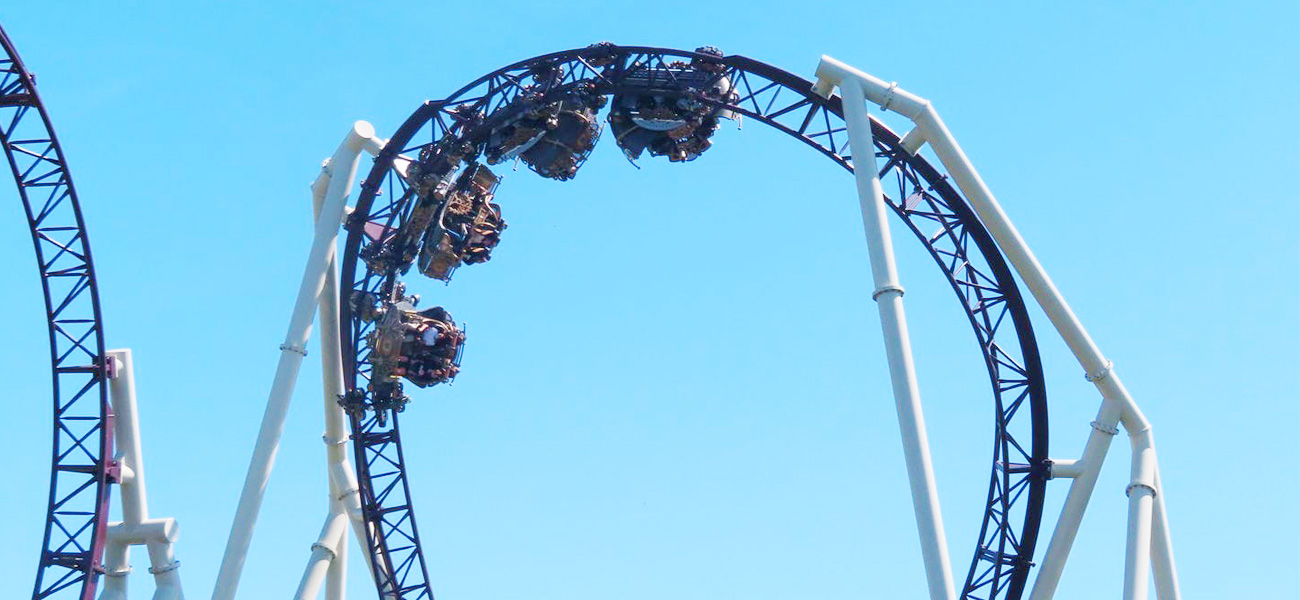Selecting the ideal roller coaster ride is one of the most critical decisions an amusement park owner can make. These large-scale attractions not only serve as major crowd-pullers but also shape the identity of the park. When done right, a roller coaster can become a landmark ride, much like a Ferris wheel or a classic swing ride. However, the selection process involves multiple factors beyond just excitement and height.
Exploring Industry Trends in Ride Design
Before purchasing a roller coaster (американский горки), it’s essential to study what’s trending in the amusement ride industry. Popular roller coasters around the world often combine smooth track systems, immersive theming, and technological innovations like virtual reality or launch systems. By observing top-tier theme parks and traveling carnivals, you can discover features that guests find appealing.
- Multi-launch coasters
- Hybrid wooden-steel designs
- Family-friendly models with low height restrictions
These insights can help guide your decision toward a design that balances excitement with accessibility.
Matching Ride Specifications with Your Target Demographic
Who Will Ride It?
Your roller coaster must align with the preferences and expectations of your target audience. Family-focused parks often benefit more from compact coasters with gentle slopes, while thrill-centric parks should lean toward high-speed rides with inversions and steep drops.
- Children and families: Opt for smaller coasters with slower speeds and colorful themes.
- Teenagers and thrill-seekers: Choose high-G-force rides with elements like corkscrews and vertical loops.
- Mixed audiences: Consider dual-track or modular coasters that allow separate ride experiences.
If your park already features staple rides like a Ferris wheel (большое колесо обозрения) or a swing ride, a medium-sized coaster can nicely complement your offering and balance out the ride variety.
Analyzing Space and Terrain for Installation
The available land plays a significant role in the type of coaster you can install. Urban or indoor parks with limited real estate may require compact or vertical coasters, while rural parks can accommodate sprawling layouts.
- Ride footprint – including queue lines and support structures.
- Topography – natural slopes can reduce construction costs.
- Accessibility – for loading equipment, evacuation paths, and maintenance zones.
Consulting with the manufacturer can help you tailor a custom layout that fits your landscape and complies with safety regulations.
Evaluating Operational Capacity and Efficiency
Important Metrics to Consider:
A roller coaster’s throughput, or the number of riders it can handle per hour, is vital for operational success. Higher capacity rides help reduce wait times, improve customer satisfaction, and generate more revenue.
- Train size – number of seats per train.
- Dispatch interval – how frequently trains can be launched.
- Cycle duration – total ride and unloading time.
- Maintenance needs – frequency of checks and downtime.
For example, pairing a high-capacity roller coaster with family rides (китайские аттракционы) like a Ferris wheel helps spread out the crowd and creates a well-rounded park experience.
Considering the Ride’s Visual and Emotional Appeal
While statistics and mechanics matter, the ride’s aesthetics and emotional impact cannot be ignored. First impressions count, and a coaster’s structure often becomes a marketing tool and visual icon for the park.
Key Factors in Emotional Impact:
- Theming: Is the ride immersive or story-driven?
- Lighting: Will the coaster stand out during nighttime operation?
- Sound effects: Do they enhance the adrenaline experience?
The visual drama of a massive roller coaster weaving through a park skyline is often just as iconic as the slow, romantic spin of a Ferris wheel or the graceful motion of a swing ride (цепочка аттракцион).
Comparing Models and Consulting with Experts
Not all roller coasters are created equal. Some are better suited for mobile events, while others are meant to be permanent installations. Always request ride brochures, layout samples, and performance stats before making a commitment.
Speak with:
- Ride engineers
- Sales representatives
- Theme park consultants
Ask about previous installations, warranties, safety certifications, and potential upgrades. The more data you collect, the better your purchasing decision will be.
Final Tips for Selecting a Standout Coaster
Choosing a roller coaster is both a business investment and a creative endeavor. Here are a few final suggestions to help seal the deal:
- Test-ride if possible – Visit parks that operate the models you’re interested in.
- Request client references – Speak to other park owners about their experience with the same manufacturer.
- Ask about integration – How well will the new coaster work with your existing attractions, like your swing ride or Ferris wheel?
A balanced ride portfolio keeps guests entertained for longer durations, boosts repeat visits, and enhances your park’s reputation.
Conclusion
The process of evaluating roller coasters requires careful planning and a deep understanding of your audience, space, and brand vision. Whether you’re looking to complement your Ferris wheel or add more thrills beyond a swing ride, a well-chosen roller coaster can elevate your entire park experience. Take your time, do your research, and work closely with manufacturers to bring the ultimate ride to life.

